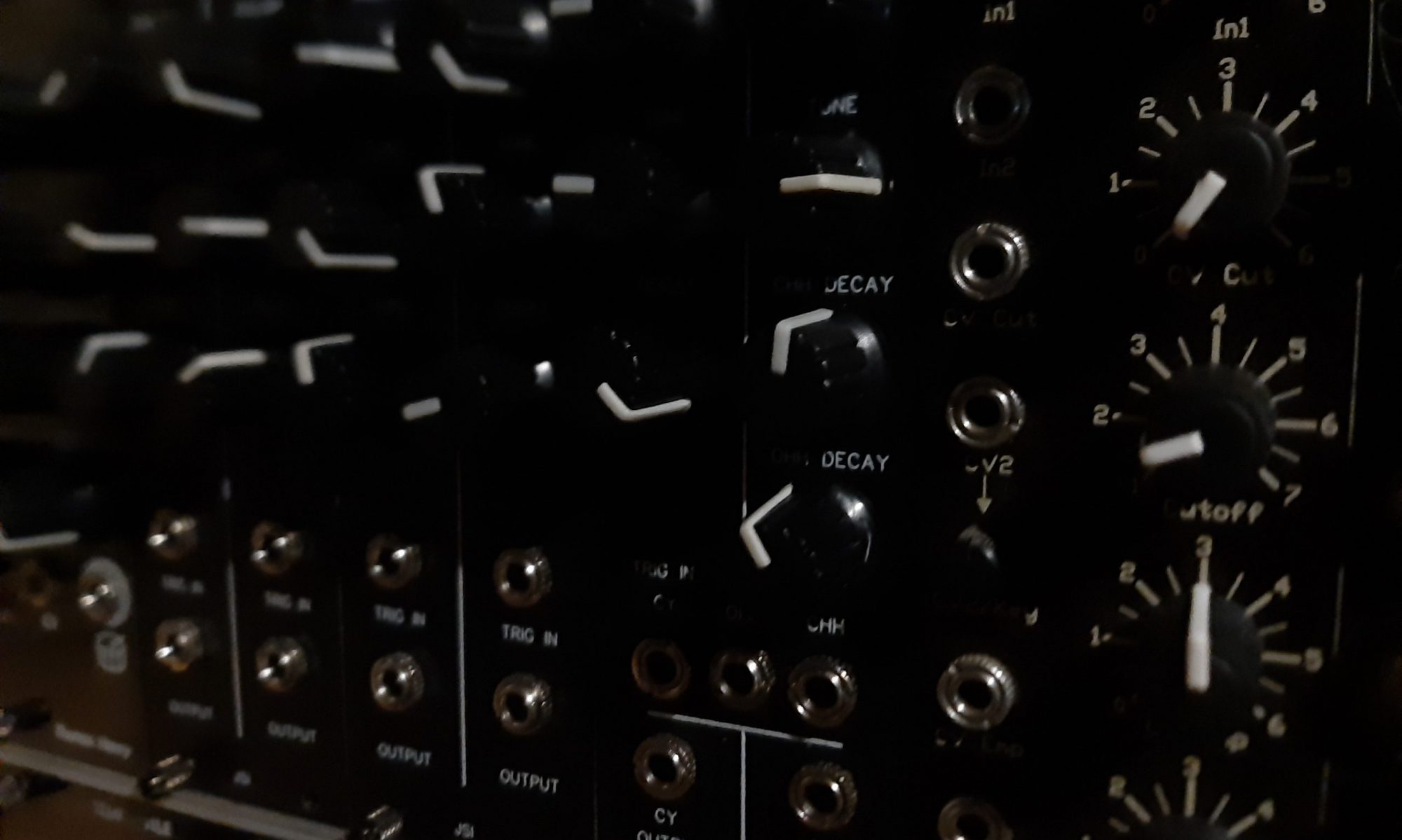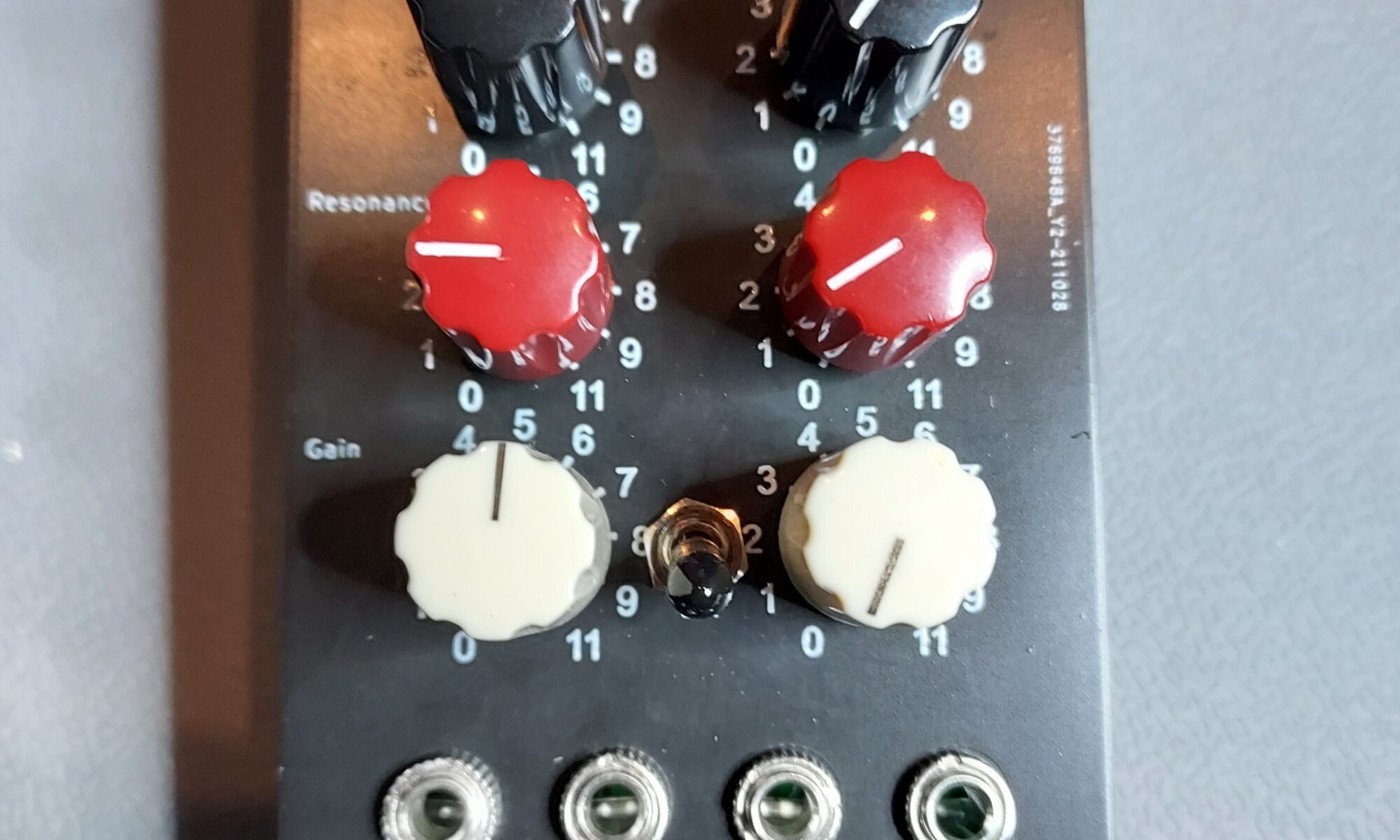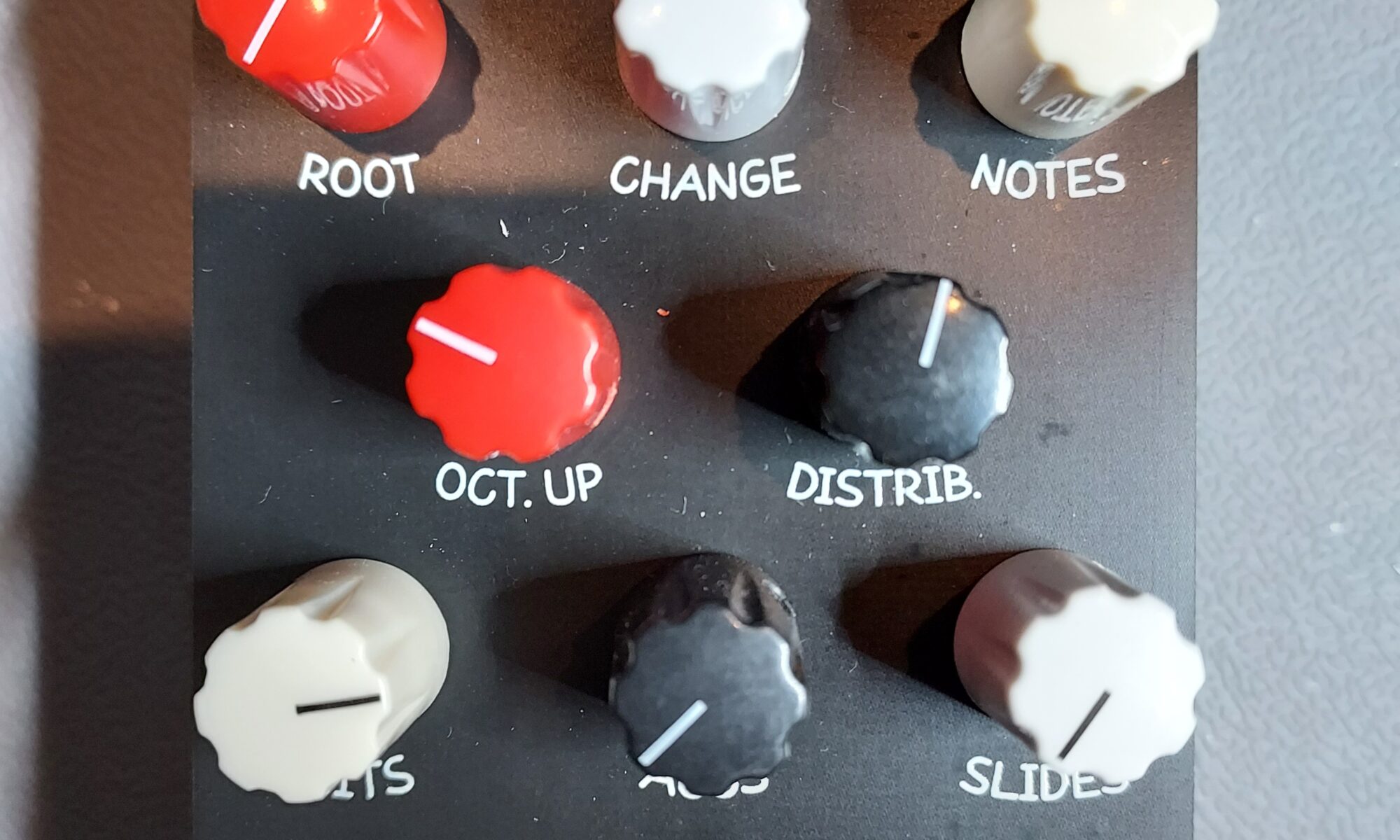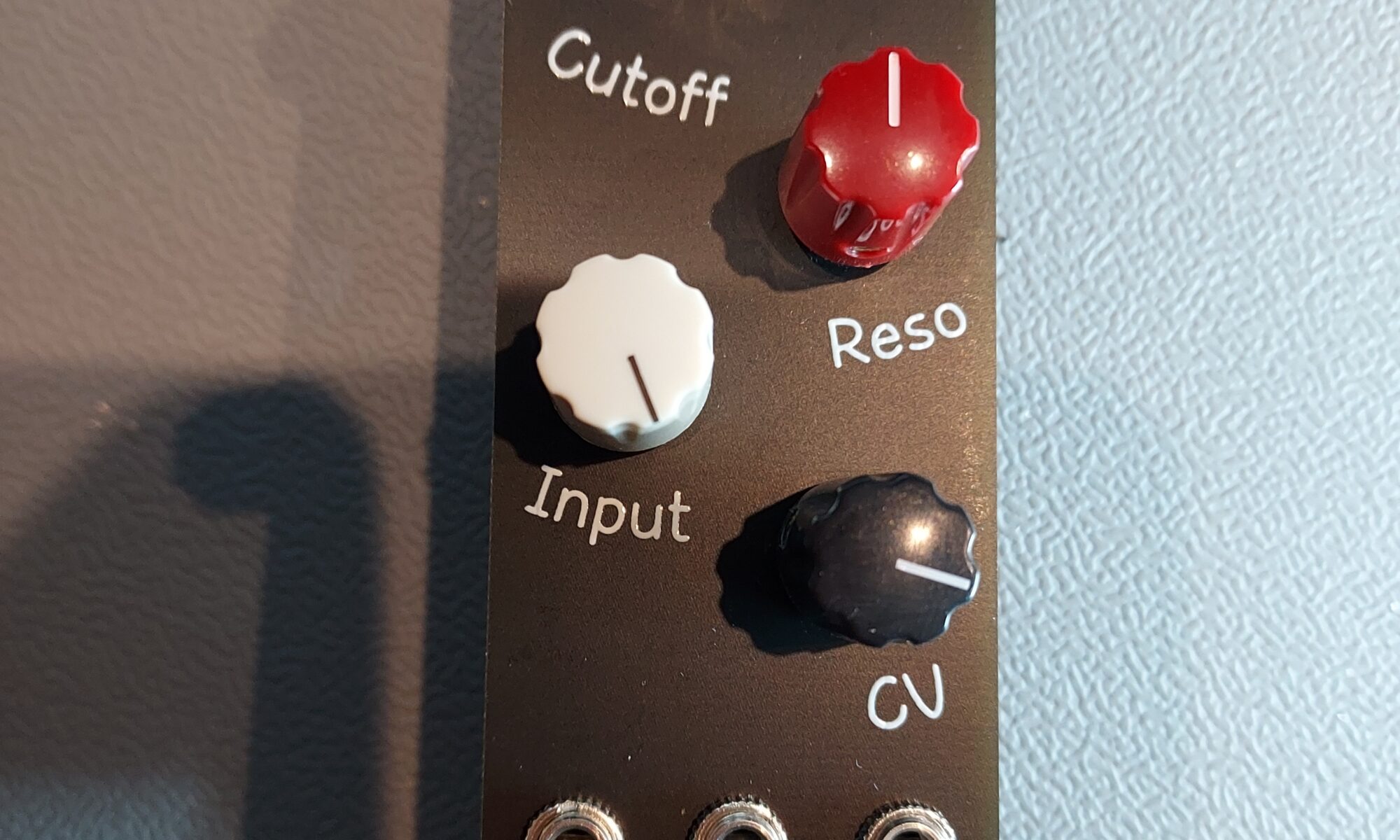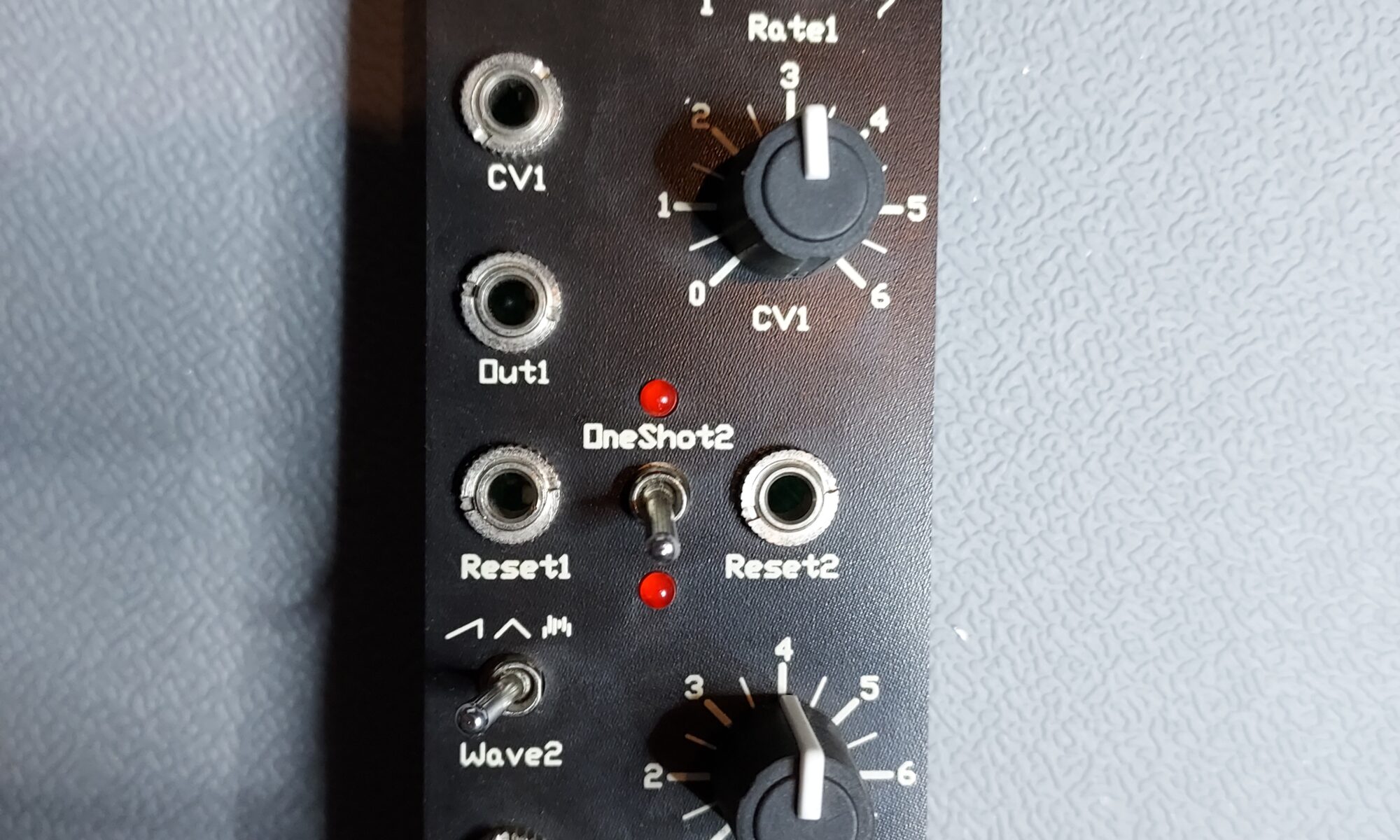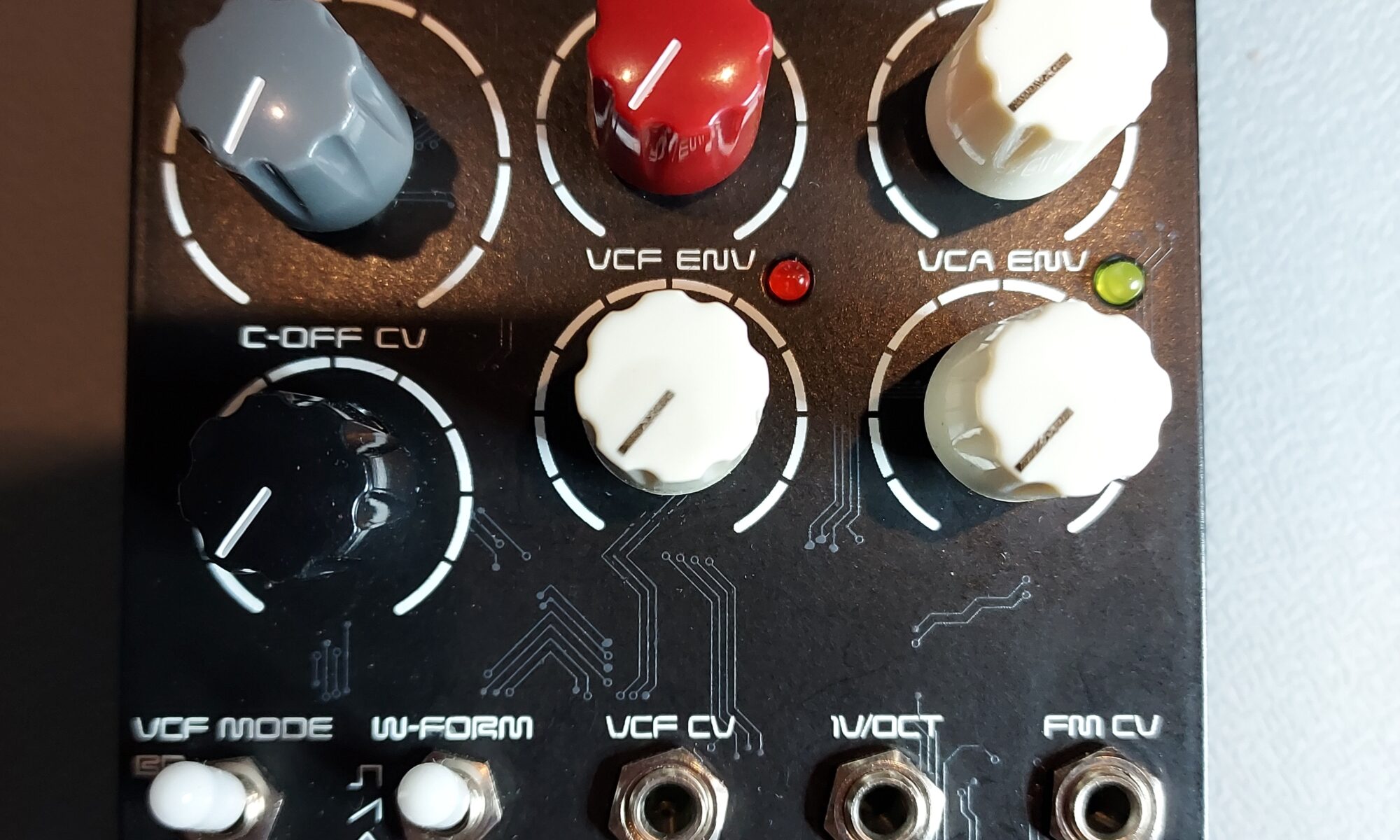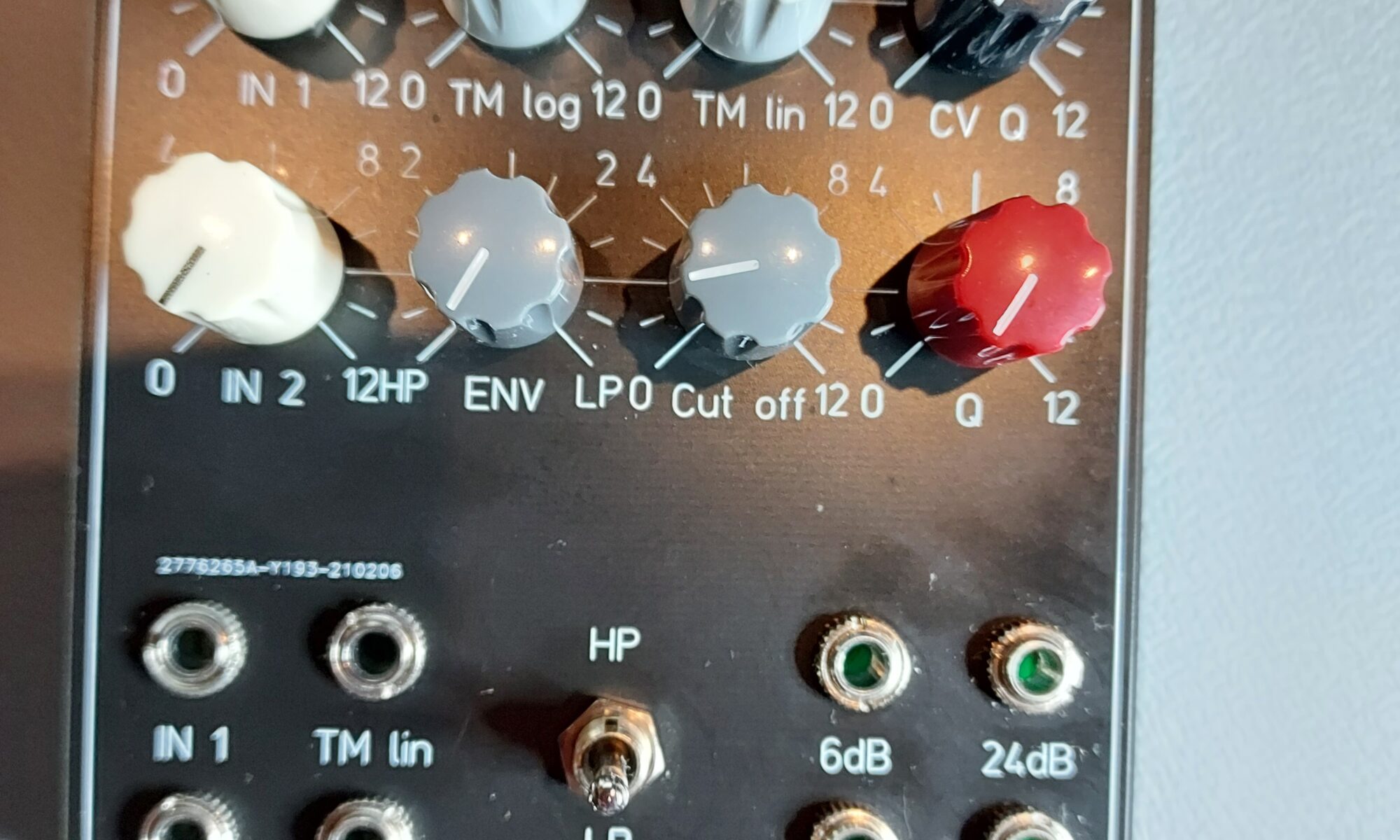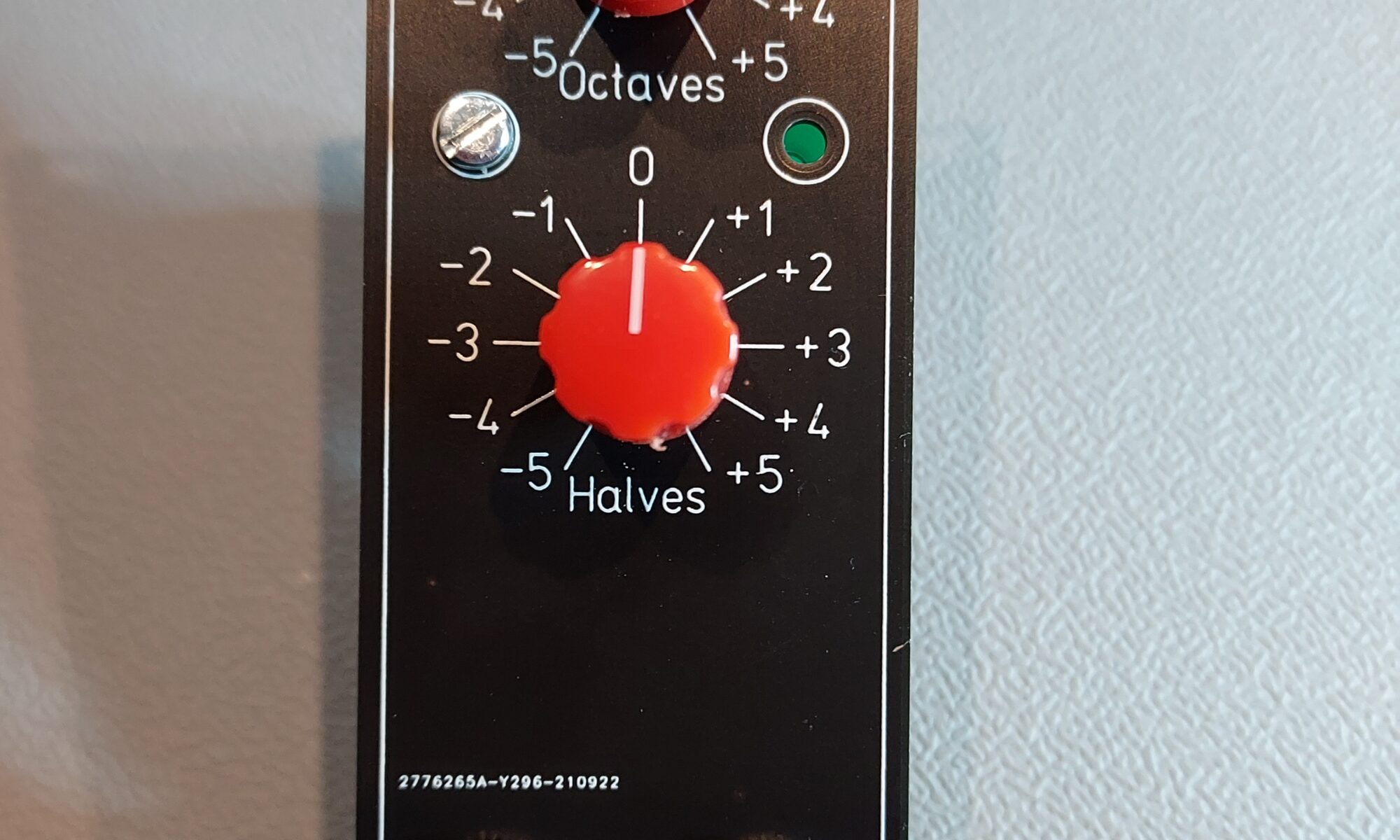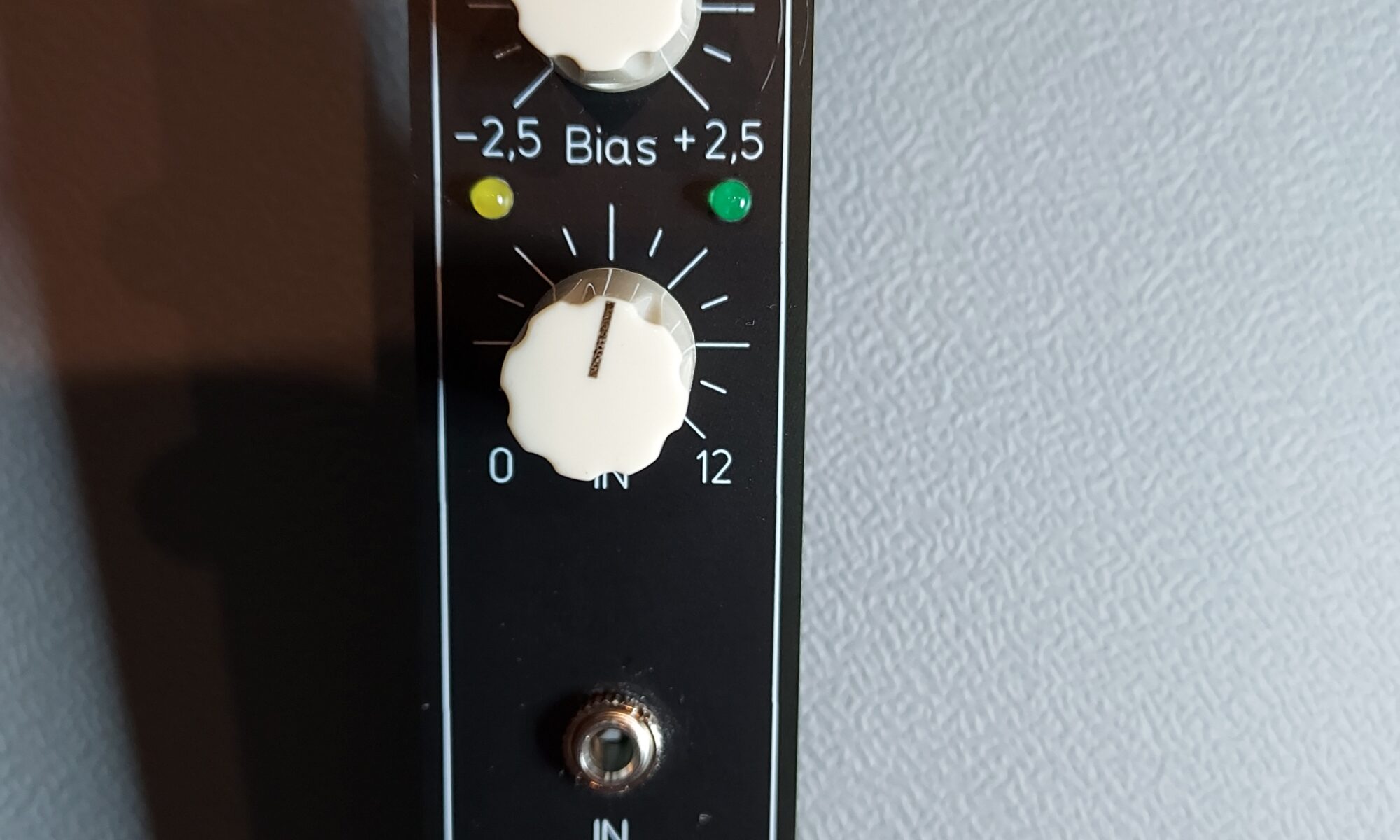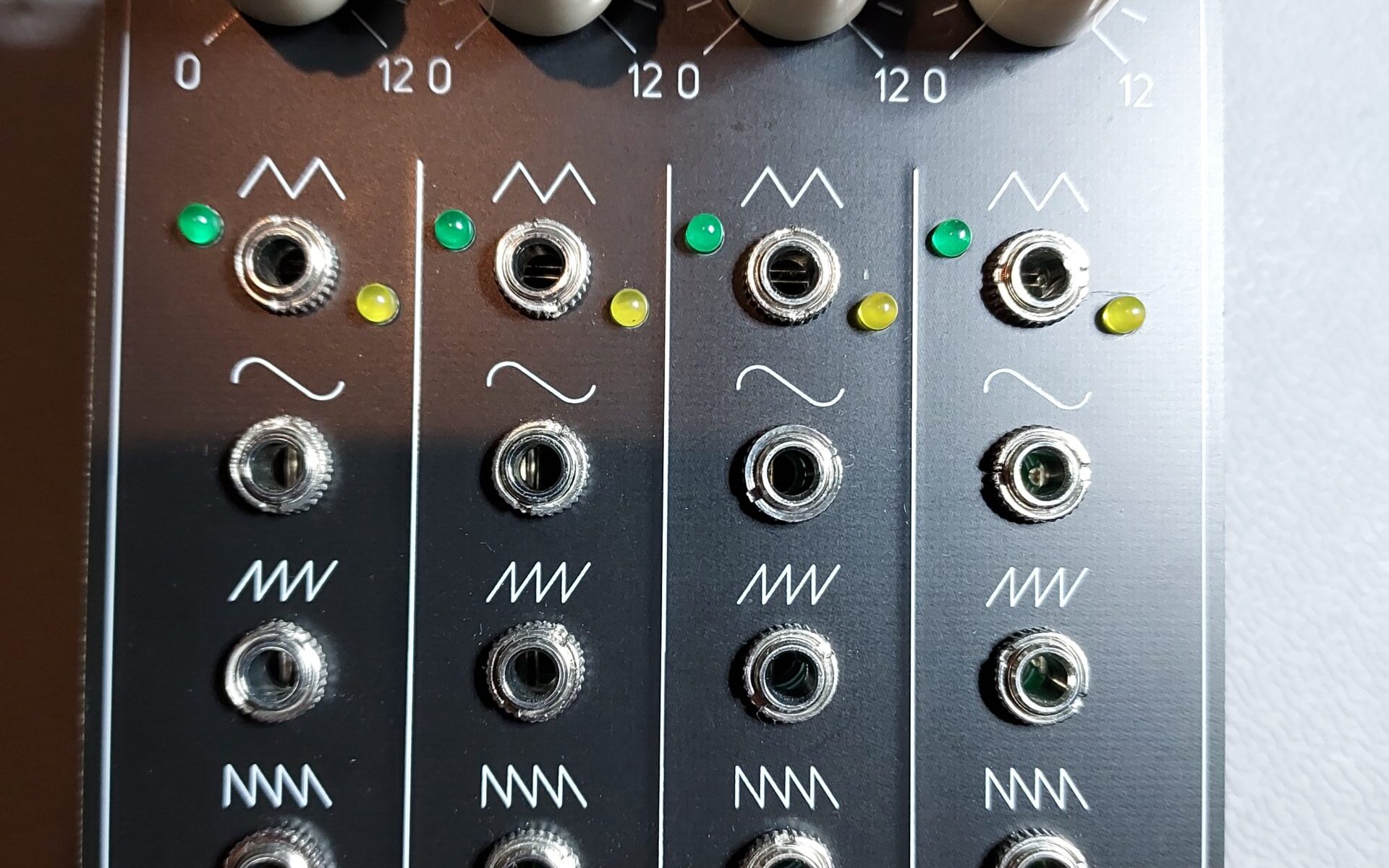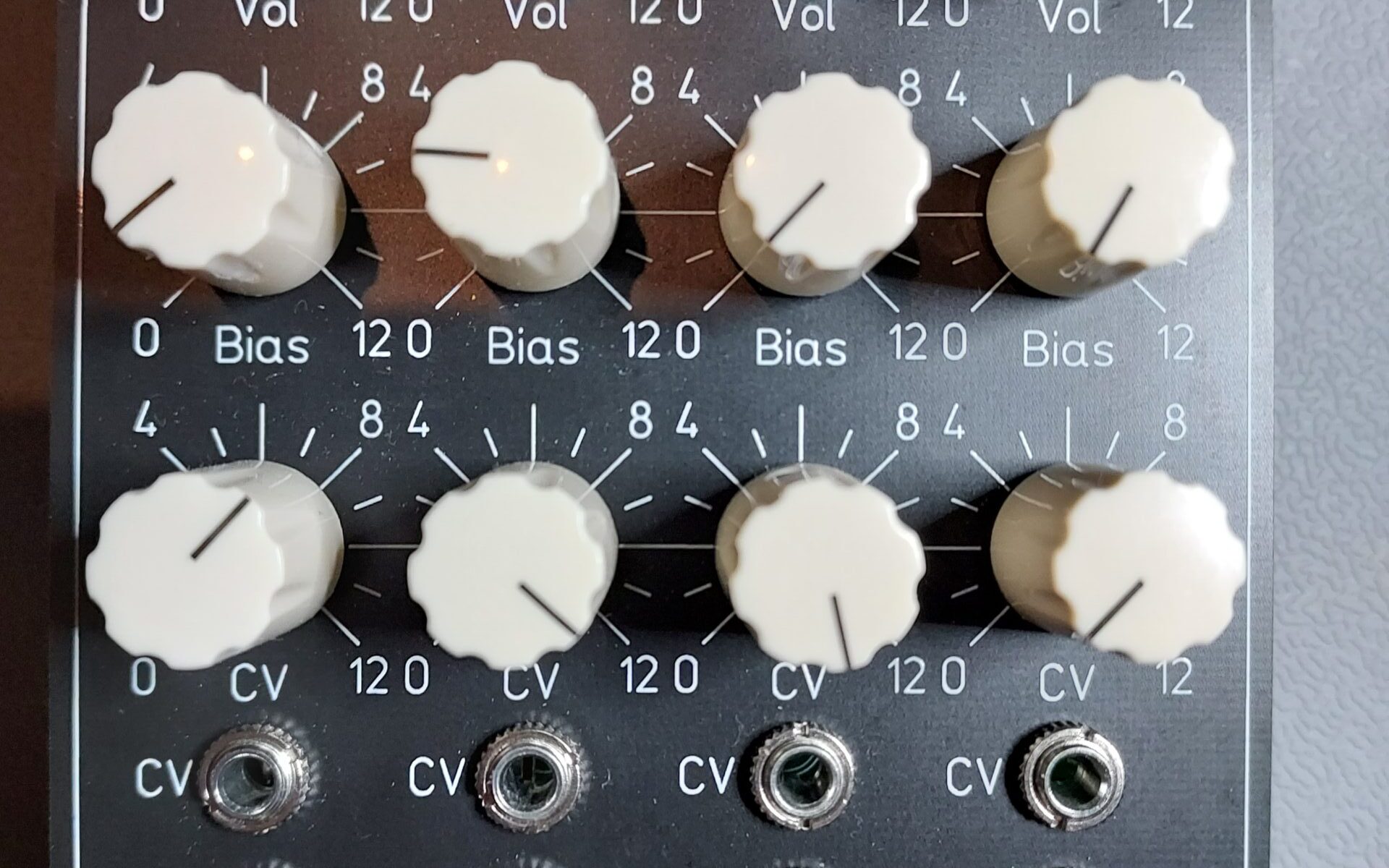I got this filter from a friend of mine. He just send the pcb’s and panels and a link for the bom. As we where both building it we found it had some error’s. After he emailed Cagey we discoverd he accidentally uploaded the old files and our board where made based on that. Knowing what the problems where we finally could build it. I was quite interested in this filter. It uses a chip that not many filters use and is used in some great sounding machines like the Synton Syrinx and Crumar Spirit. The filter it self is quite nice. It doesn’t go into that oscillation mode on resonance. I would even call it quite calm, smooth and subtle. But that can be very nice sometimes.
It inspired me to have a better look at the chip used in this baby and make my own filter. I’m waiting on the pcb’s to arrive so maybe more on that.
https://kg.kg/cem3350-eurorack-filter/
Difficulty to build: Medium/Hard
